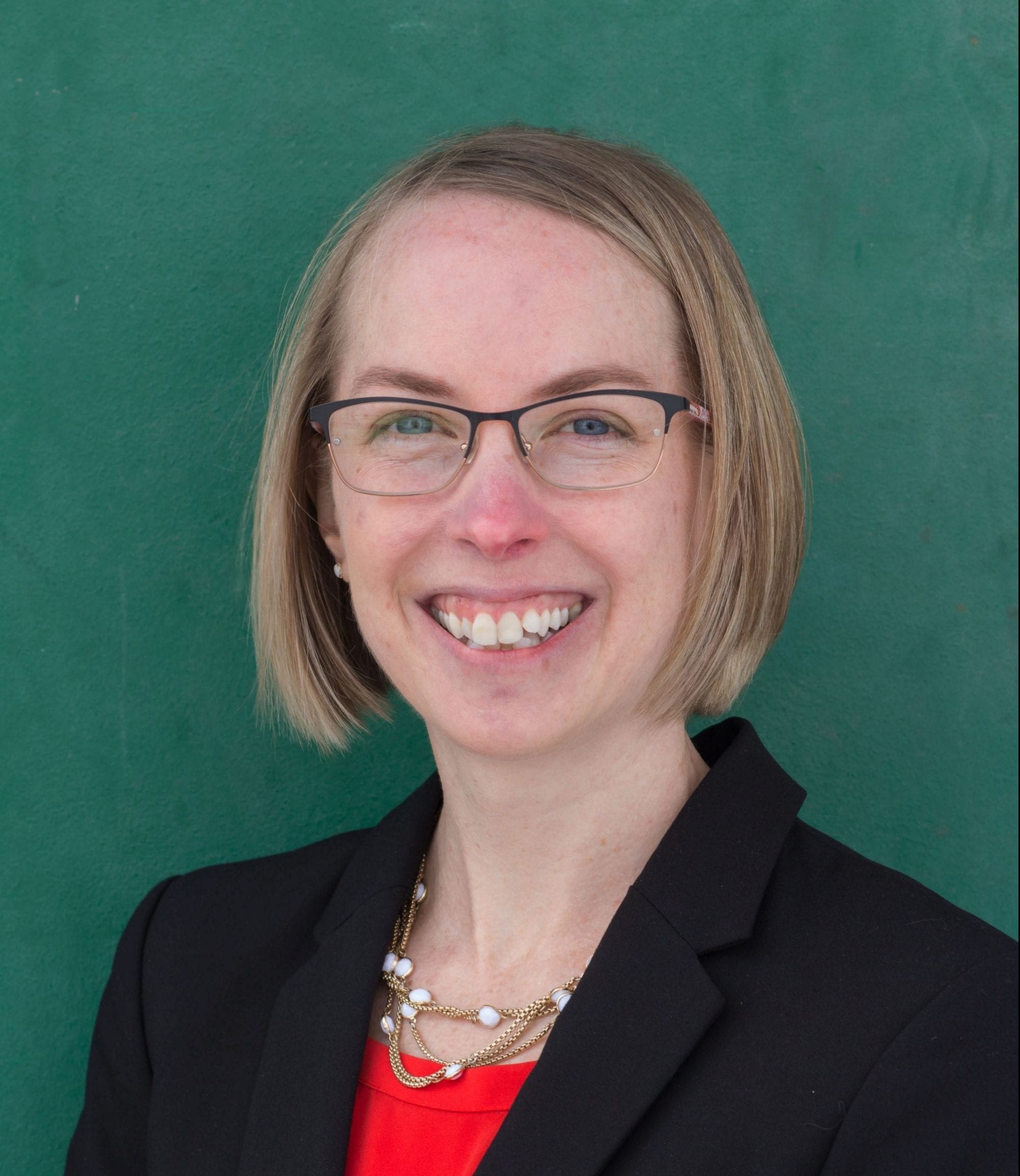The National Science Foundation (NSF) recently held a Fall 2020 Virtual Grants Conference. The virtual conference was designed to give new faculty, researchers and administrators key insights into a wide range of current issues at NSF. Program officers from NSF provided current information about specific funding opportunities and answered attendee questions. Of the sixteen presentations hosted by NSF, one focused entirely on the CAREER proposal.
The Faculty Early Career Development (CAREER) Program is a Foundation-wide activity that offers NSF’s most prestigious awards in support of early-career faculty who have the potential to serve as academic role models in research and education and to lead advances in the mission of their department or organization.
The “Crosscutting Programs: CAREER” presentation provided an overview of this CAREER program, including eligibility and program requirements, budget/budget justification issues, and the review process.
The Q&A segment of the presentation elicited numerous questions from the audience about the educational component of the program. This is not surprising, for the STEM Center has worked with dozens of PIs on their educational components, including serving as evaluators on several funded CAREER proposals, and we have received many of these same questions.
Below are the questions Elizabeth Rom, Ph.D., NSF Polar Education Liaison, answered in regards to the educational component of CAREER proposals. In addition we provide some more specific answers to help guide our CSU faculty.
What are some examples of research and education integration?
The most common example, as seen in CAREER proposals, is for PIs to develop a new course around the innovative research that they are conducting.
Dr. Rom emphasized, “When you do that, you want to consider trying to include some innovative educational pedagogy when you develop the course. Perhaps you want to flip your classroom or include other sorts of hands-on activities or something that is a little bit different than the normal lecture process – that is certainly encouraged.”
At CSU The Institute for Learning and Teaching (TILT) has multiple resources on their website for faculty that are interested in increasing teaching effectiveness, exploring evidence-based learning, and developing a new course. Interested faculty can also schedule a consultation with TILT by filling out the Arrange a Consultation form.
Another common example mentioned by Dr. Rom is working with K-12 teachers. If PIs are pursuing this approach Dr. Rom mentioned obtaining collaborative letters from the schools that the teachers work for and to provide a stipend for those teachers. PIs could also work with a museum and bring their research into the museum in some innovative way. The latter example is a form of informal STEM learning and there is a wide variety of ways to integrate research and education in this area.
The Center for Advancement and Informal Science Education (CAISE) website provides research and evaluation resources to support informal STEM education in a variety of learning environments. The STEM Center’s blog post “Incorporating Broadening Participation Into Broader Impacts” covers some STEM learning programs and offices that CSU PIs can contact about potential collaborations.
What are some examples of mechanisms to assess success that are appropriate for CAREER proposals?
Dr. Rom provided the following example’ “If you are creating a new class, you want to have an evaluator to work with you to make sure the students are learning what you are trying to convey. Usually your institution has some support for you to evaluate your classroom teaching, you should take full advantage of that. Be sure to make use of all the possible resources your institution has to provide. This is a really important part to doing your education component because you don’t want to do this alone.”
At CSU, instructors are required to conduct at least one student survey for every course they teach. The university-created course survey is designed to provide instructors with general feedback on their teaching and only allows faculty the ability to add five custom questions.
For new classes specifically designed to meet the educational component of a CAREER proposal, PIs need to work with an evaluator to fully gauge the learning outcomes of the students. The STEM Center routinely consults with faculty and staff on their STEM education and outreach programs and can serve as an independent evaluator on these same programs. To read about what evaluation services we offer, check out our Evaluation Services page, and when you’re ready, Schedule a Consultation with one of our evaluators.
In other proposals advisory committees are used as a way to assess success, would a board of experts be an appropriate way to measure success in a CAREER project?
For the educational component, Dr. Rom noted that proposers typically get an evaluator, and if possible, an external evaluator is best. However, university resources can also guide PIs with the evaluation of their educational component.
Do outreach activities need to account for COVID-19 social distancing that we’re doing right now or is it okay to assume we’ll be back to normal when funding actually comes around, which the deadline for proposals is summer of 2021?
NSF is also hoping things will return to normal in 2021, but Dr. Rom noted, “This whole crisis has made us move to a different way of teaching online and in a virtual space.” PIs might want to keep some kind of virtual educational component in your proposal, because it can be an effective strategy. Doing online/virtual activities means PIs could reach more people, and do more public outreach.
For CSU researchers interested in applying to the NSF CAREER program the Office of the Vice President for Research and CSU Writes co-hosts programming each Spring semester to help support the development of successful CAREER proposals. The NSF CAREER Support Program website provides a schedule of upcoming events and resources for faculty.

Dr. Cheryl L. Bowker
Associate Director – STEM Center
Cheryl has worked at the STEM Center since 2013 and has evaluated and managed several STEM education projects. Cheryl enjoys impassioned discussions about research, education, and insects. Check out the Staff page for contact details.
Disclaimer: The thoughts, views, and opinions expressed in this post are those of the author and do not necessarily reflect the official policy or position of Colorado State University or the CSU STEM Center. The information contained in this post is provided as a public service with the understanding that Colorado State University makes no warranties, either expressed or implied, concerning the accuracy, completeness, reliability, or suitability of the information. Nor does Colorado State University warrant that the use of this information is free of any claims of copyright infringement. No endorsement of information, products, or resources mentioned in this post is intended, nor is criticism implied of products not mentioned. Outside links are provided for educational purposes, consistent with the CSU STEM Center mission. No warranty is made on the accuracy, objectivity or research base of the information in the links provided.
The cover image is the gypsum sand dunes of White Sands, New Mexico where researchers are studying adaptation and speciation. The research has been supported by an NSF CAREER program award. Credit: Erica Bree Rosenblum, University of Idaho.
Disclaimer: The thoughts, views, and opinions expressed in this post are those of the author and do not necessarily reflect the official policy or position of Colorado State University or the CSU STEM Center. The information contained in this post is provided as a public service with the understanding that Colorado State University makes no warranties, either expressed or implied, concerning the accuracy, completeness, reliability, or suitability of the information. Nor does Colorado State University warrant that the use of this information is free of any claims of copyright infringement. No endorsement of information, products, or resources mentioned in this post is intended, nor is criticism implied of products not mentioned. Outside links are provided for educational purposes, consistent with the CSU STEM Center mission. No warranty is made on the accuracy, objectivity or research base of the information in the links provided.
Get Notified of New Posts
Subscribe and receive email notifications about new posts directly in your inbox.



